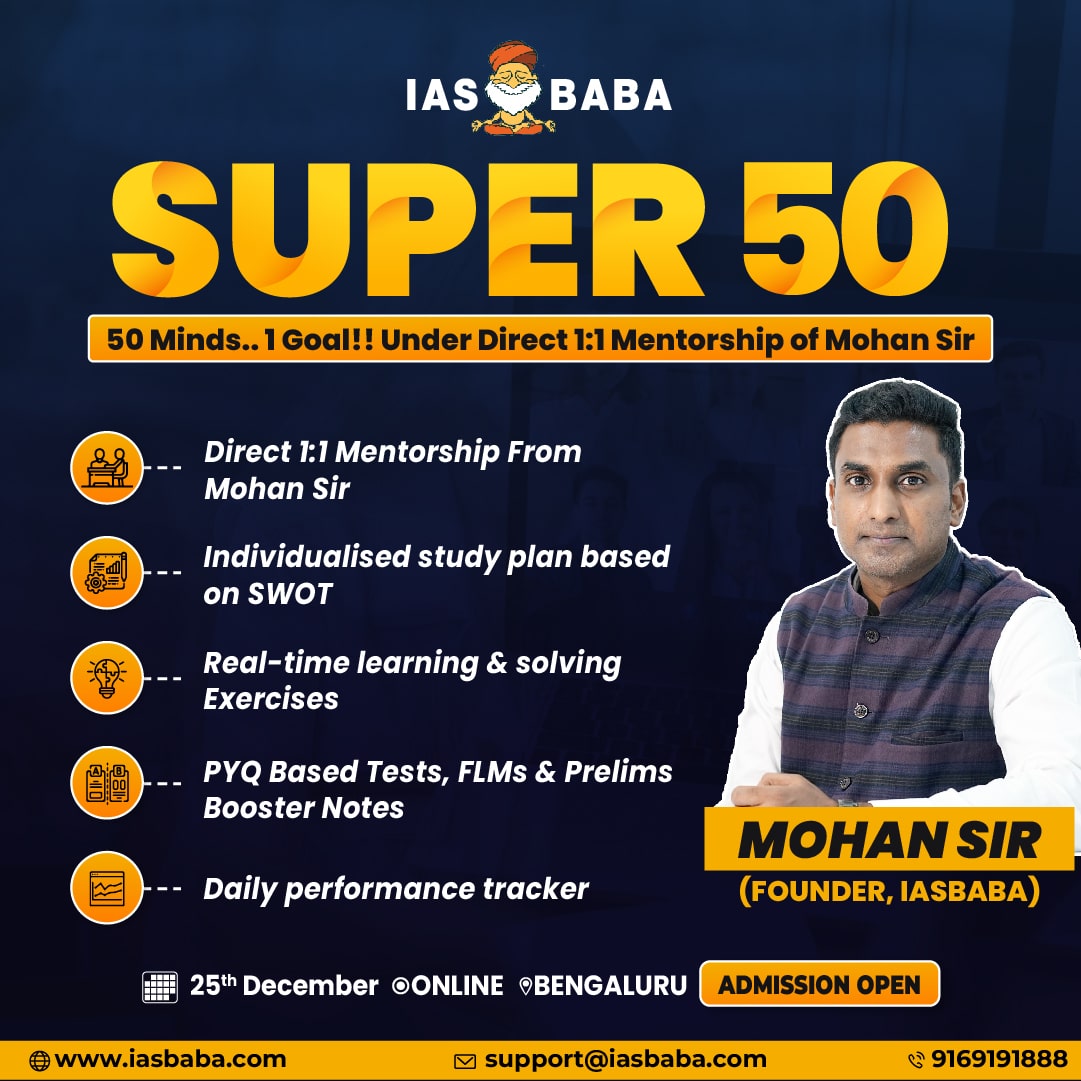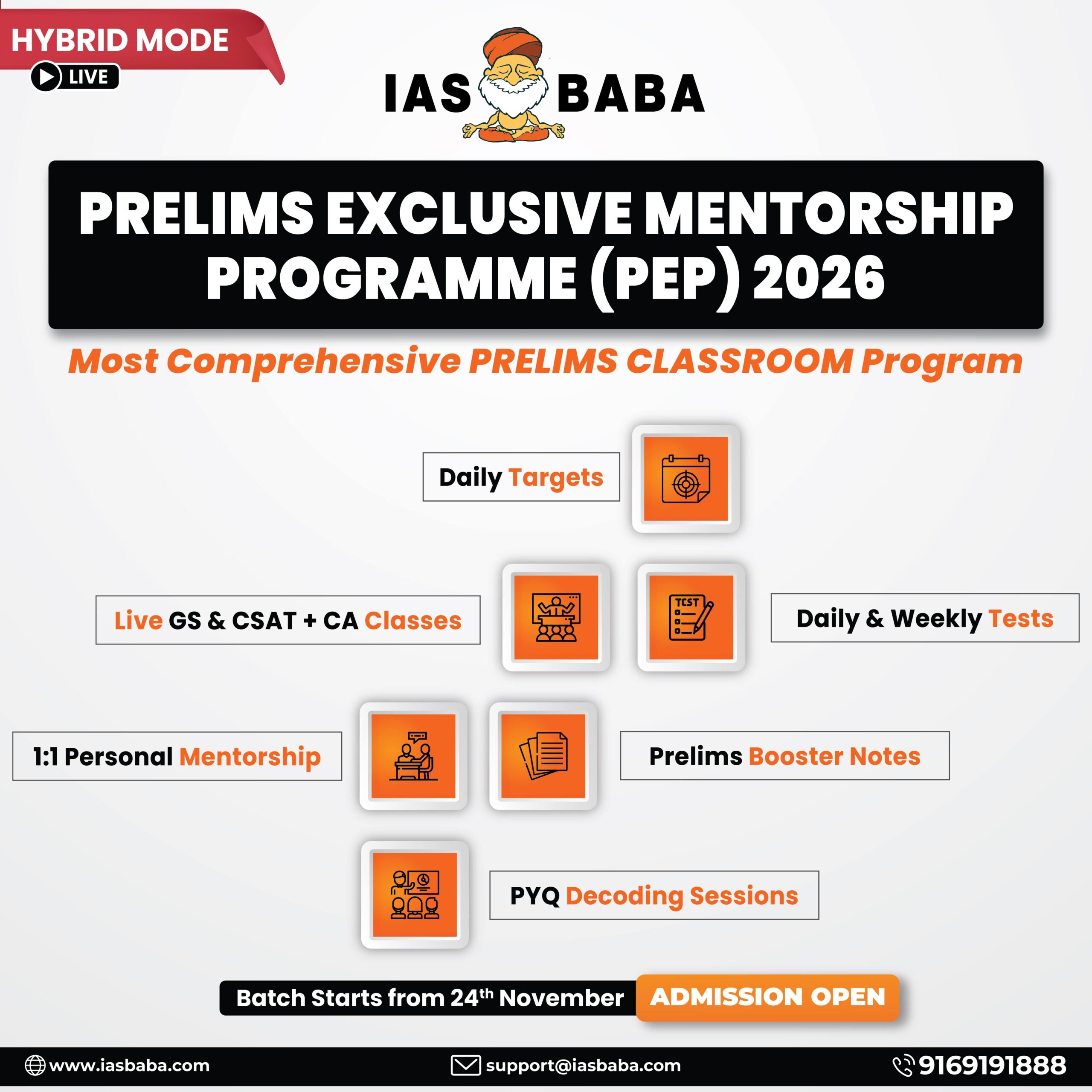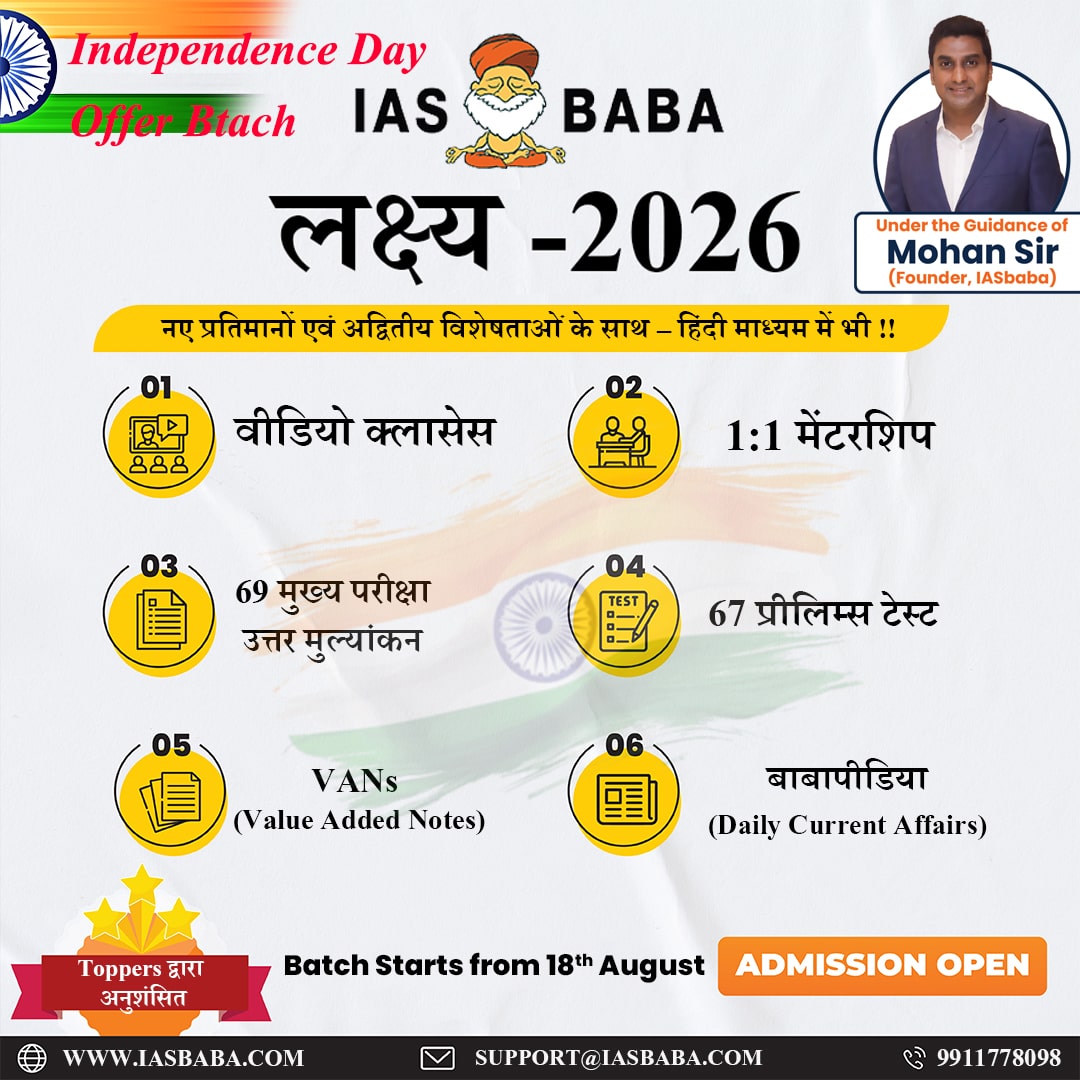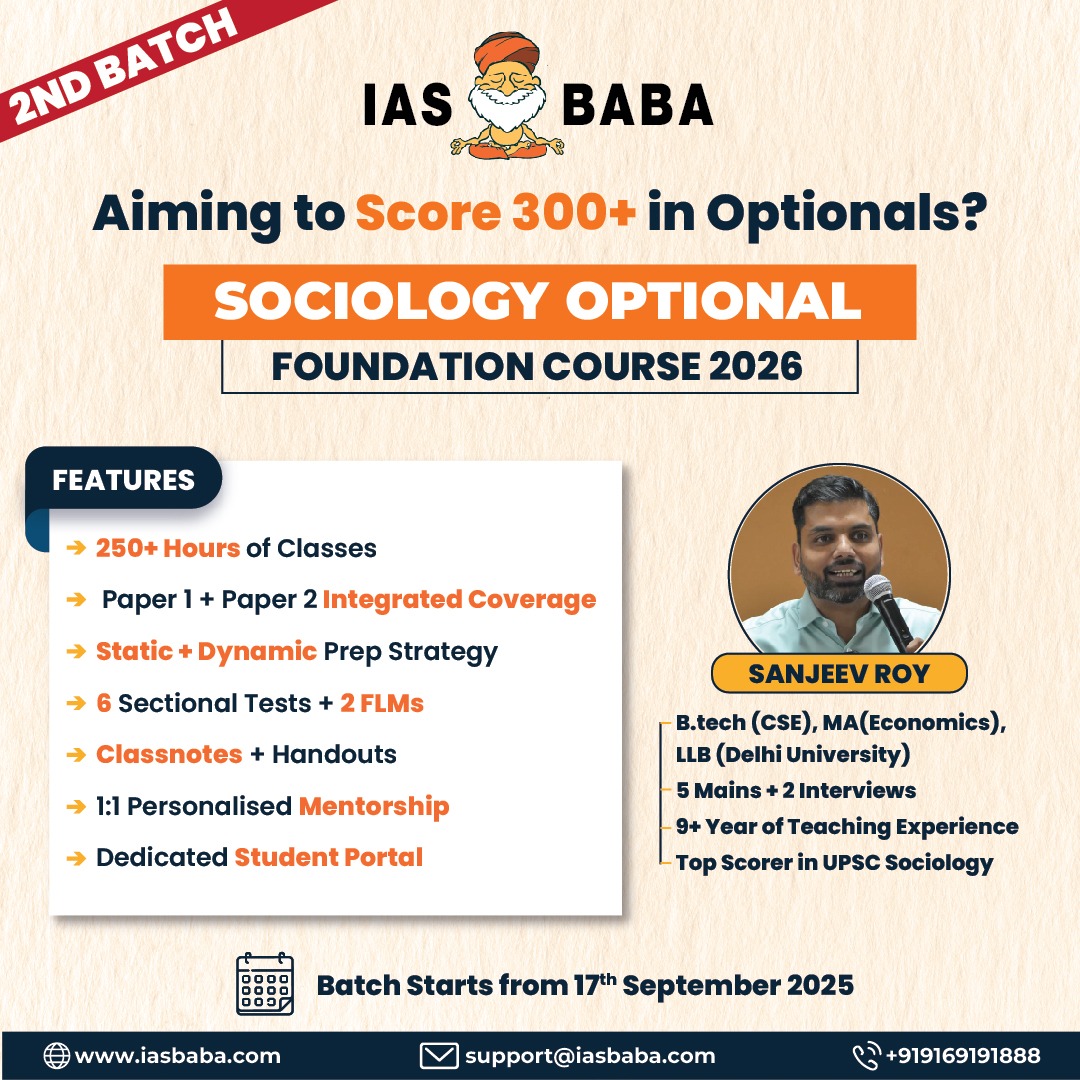Nationally Determined Contributions (NDC) – Transport Initiative for Asia (TIA)
Part of: GS-Prelims and GS-II – International Relations; Global Groupings & GS-III – Infrastructure
In News:
- India Component of the Nationally Determined Contributions (NDC)–Transport Initiative for Asia (TIA) has been recently launched.
- Launched by: NITI Aayog
- Aim: To promote a comprehensive approach to decarbonize transport in India, Vietnam, and China.
Key takeaways
- NDC–TIA is a joint programme.
- Supported by: International Climate Initiative (IKI) of the German Ministry for the Environment, Nature Conservation and Nuclear Safety (BMU).
- Implemented by: Consortium of seven different organisations.
- The NDC-TIA programme has a duration of 4 years.
The NDC–TIA India Component will focus on:
- Strengthening GHG and transport modelling capacities
- Providing technical support on GHG emission reduction measures
- Financing climate actions in transport
- Offering policy recommendations on electric vehicle (EV) demand and supply policies etc.













